Stephanie Lamprea - Georges Aperghis: 14 Récitations, Op. 46 (2023) [Hi-Res]
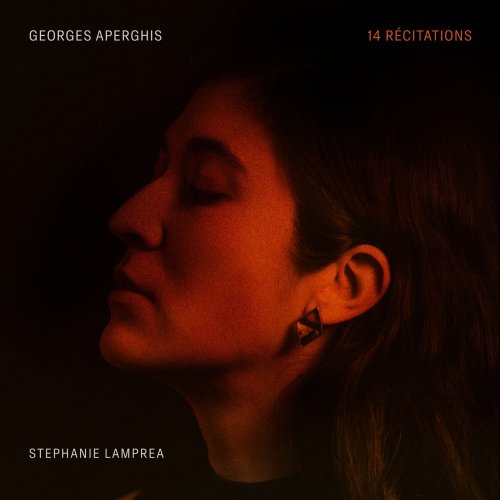
Artist: Stephanie Lamprea
Title: Georges Aperghis: 14 Récitations, Op. 46
Year Of Release: 2023
Label: New Focus Recordings
Genre: Classical
Quality: FLAC (tracks) / 24bit-48kHz FLAC (tracks+booklet)
Total Time: 53:48
Total Size: 229 / 557 MB
WebSite: Album Preview
Tracklist:Title: Georges Aperghis: 14 Récitations, Op. 46
Year Of Release: 2023
Label: New Focus Recordings
Genre: Classical
Quality: FLAC (tracks) / 24bit-48kHz FLAC (tracks+booklet)
Total Time: 53:48
Total Size: 229 / 557 MB
WebSite: Album Preview
1. 14 Récitations, Op. 46: No. 1, Récitation 1 (5:23)
2. 14 Récitations, Op. 46: No. 2, Récitation 2 (2:00)
3. 14 Récitations, Op. 46: No. 3, Récitation 3 (2:11)
4. 14 Récitations, Op. 46: No. 4, Récitation 4 (5:12)
5. 14 Récitations, Op. 46: No. 5, Récitation 5 (2:24)
6. 14 Récitations, Op. 46: No. 6, Récitation 6 (4:00)
7. 14 Récitations, Op. 46: No. 7, Récitation 7 (4:08)
8. 14 Récitations, Op. 46: No. 8, Récitation 8 (2:15)
9. 14 Récitations, Op. 46: No. 9, Récitation 9 (8:33)
10. 14 Récitations, Op. 46: No. 10, Récitation 10 (2:16)
11. 14 Récitations, Op. 46: No. 11, Récitation 11 (5:11)
12. 14 Récitations, Op. 46: No. 12, Récitation 12 (4:25)
13. 14 Récitations, Op. 46: No. 13, Récitation 13 (4:25)
14. 14 Récitations, Op. 46: No. 14, Récitation 14 (1:32)
Soprano Stephanie Lamprea releases her performance of Georges Aperghis' genre defining 14 Récitations for solo voice, highlighting her precise approach to the notation. These works, written in 1977-78, stretch the voice into fertile extended technique territory, mixing sensuality with virtuosity in ways that had a profound impact on the solo vocal repertoire.
"Colombian-American soprano Stephanie Lamprea presents a virtuosic interpretation of 14 Récitations (1977-78), a concert-length avant-garde song cycle for unaccompanied female voice. Abandoning traditional use of text, the Récitations sets phonemes and vocal sounds with atonality, extended vocal techniques, puzzles, and repetitions. Throughout the opus, the listener witnesses a woman attempting in many ways to speak, but not being understood, and thus trapped in her trauma. “We see and hear a singer realizing a musical score, but at the same time we witness somebody who can’t speak properly…” Aperghis writes. “That is the human dimension of this work. We see people in their daily life struggle, people who are not very healthy, people with trouble expressing themselves - elusive mental portraits en miniature.” The resulting work is an ode to the dynamism and humanity of the voice, but it is also a manifestation of the woman’s complex journey of personal authenticity in a patriarchal world.
Written in 1977–8, George Aperghis’ 14 Récitations are among the most challenging masterpieces of contemporary solo vocal writing. The fact that Aperghis originally wrote them for the French comedian and singer Martine Viard offers a clue to their aesthetic. Each Récitation operates in a similar emotional register to a miniature opera, but with a plot that is unknown and a text that at best teeters on the edge of intelligibility (the texts are in French, but cut up into syllables and jumbled, sometimes using homophones borrowed from other languages). Yet their dramatic form – like that of comedy – exists independently of semantic meaning. Like comedy, too, they subvert and demolish stereotypes. Whatever little else we know of her, the woman portrayed in the 14 Récitations is angry, empowered, sexual, violent, scared and glorious. In short, she is – like all of us – messy.
The 14 Récitations have been at the center of Lamprea’s repertory since 2017 (she performs them both as a solo voice and with dance, in versions co-choreographed with Laila J. Franklin (USA), Anne Goldberg-Baldwin (USA) and Penny Chivas (UK)). She finds that the range of timbres required by the piece, and the consequent emotional range of the work, opens up a larger space in which she can explore gender identity. Within traditional operatic pedagogy, the voice and body type of the singer determine the sounds that are available to them, within quite narrow parameters. In the 14 Récitations, however, the reverse is true, and is deliberately built in. Although the notated tessitura appears very large (from E3 to E6), at the extremes of low and high the pitches are deliberately approximate (and often blurred by other timbre indications), opening the work up to a range of female voice types and characterizations.
Working within this space led Lamprea to think about resonance, and the spaces within her own body that could act as resonating chambers for her voice. The timbres required in 14 Récitations offer an opportunity to sing the same note in multiple ways, and thus step outside the classical regime. This is most apparent in Récitation 3, in which a text is spoken rhythmically and across a grid of different and rapidly changing expressions (‘commanding’, ‘mocking’, ‘amorous – sensual’, ‘clown’, etc); and Récitation 4, subtitled ‘Requiem en couleurs (dans l’intimité)’, in which concrete, often extra-human sounds (described in indications such as ‘javelin throw’, ‘hydraulic pump’, ‘boiling water’, and ‘object passing in front of you at full speed’) cut into sustained pitches that are more emotionally determined (‘passive – cold – distant’, for example). But it is a condition of all the pieces, in which pitch (where it is even notated at all) is not the medium of expression but simply a vehicle for it. We have already seen, in Récitation 1, how pitch is equated to syllable. Récitations 5–7 apply a similar technique, while Récitation 13 replaces syllables of text with imitations of percussion instruments – pure timbre, with no intermediary text.
An architect of new sounds and expressions as a performer specializing in contemporary-classical repertoire, Lamprea uses her coloratura voice as a mechanism of avant-garde performance art, creating “maniacal shifts of vocal production and character… like an icepick through the skull” (Jason Eckardt)."
Stephanie Lamprea and Tim Rutherford-Johnson (edited from the liner notes)
"Colombian-American soprano Stephanie Lamprea presents a virtuosic interpretation of 14 Récitations (1977-78), a concert-length avant-garde song cycle for unaccompanied female voice. Abandoning traditional use of text, the Récitations sets phonemes and vocal sounds with atonality, extended vocal techniques, puzzles, and repetitions. Throughout the opus, the listener witnesses a woman attempting in many ways to speak, but not being understood, and thus trapped in her trauma. “We see and hear a singer realizing a musical score, but at the same time we witness somebody who can’t speak properly…” Aperghis writes. “That is the human dimension of this work. We see people in their daily life struggle, people who are not very healthy, people with trouble expressing themselves - elusive mental portraits en miniature.” The resulting work is an ode to the dynamism and humanity of the voice, but it is also a manifestation of the woman’s complex journey of personal authenticity in a patriarchal world.
Written in 1977–8, George Aperghis’ 14 Récitations are among the most challenging masterpieces of contemporary solo vocal writing. The fact that Aperghis originally wrote them for the French comedian and singer Martine Viard offers a clue to their aesthetic. Each Récitation operates in a similar emotional register to a miniature opera, but with a plot that is unknown and a text that at best teeters on the edge of intelligibility (the texts are in French, but cut up into syllables and jumbled, sometimes using homophones borrowed from other languages). Yet their dramatic form – like that of comedy – exists independently of semantic meaning. Like comedy, too, they subvert and demolish stereotypes. Whatever little else we know of her, the woman portrayed in the 14 Récitations is angry, empowered, sexual, violent, scared and glorious. In short, she is – like all of us – messy.
The 14 Récitations have been at the center of Lamprea’s repertory since 2017 (she performs them both as a solo voice and with dance, in versions co-choreographed with Laila J. Franklin (USA), Anne Goldberg-Baldwin (USA) and Penny Chivas (UK)). She finds that the range of timbres required by the piece, and the consequent emotional range of the work, opens up a larger space in which she can explore gender identity. Within traditional operatic pedagogy, the voice and body type of the singer determine the sounds that are available to them, within quite narrow parameters. In the 14 Récitations, however, the reverse is true, and is deliberately built in. Although the notated tessitura appears very large (from E3 to E6), at the extremes of low and high the pitches are deliberately approximate (and often blurred by other timbre indications), opening the work up to a range of female voice types and characterizations.
Working within this space led Lamprea to think about resonance, and the spaces within her own body that could act as resonating chambers for her voice. The timbres required in 14 Récitations offer an opportunity to sing the same note in multiple ways, and thus step outside the classical regime. This is most apparent in Récitation 3, in which a text is spoken rhythmically and across a grid of different and rapidly changing expressions (‘commanding’, ‘mocking’, ‘amorous – sensual’, ‘clown’, etc); and Récitation 4, subtitled ‘Requiem en couleurs (dans l’intimité)’, in which concrete, often extra-human sounds (described in indications such as ‘javelin throw’, ‘hydraulic pump’, ‘boiling water’, and ‘object passing in front of you at full speed’) cut into sustained pitches that are more emotionally determined (‘passive – cold – distant’, for example). But it is a condition of all the pieces, in which pitch (where it is even notated at all) is not the medium of expression but simply a vehicle for it. We have already seen, in Récitation 1, how pitch is equated to syllable. Récitations 5–7 apply a similar technique, while Récitation 13 replaces syllables of text with imitations of percussion instruments – pure timbre, with no intermediary text.
An architect of new sounds and expressions as a performer specializing in contemporary-classical repertoire, Lamprea uses her coloratura voice as a mechanism of avant-garde performance art, creating “maniacal shifts of vocal production and character… like an icepick through the skull” (Jason Eckardt)."
Stephanie Lamprea and Tim Rutherford-Johnson (edited from the liner notes)
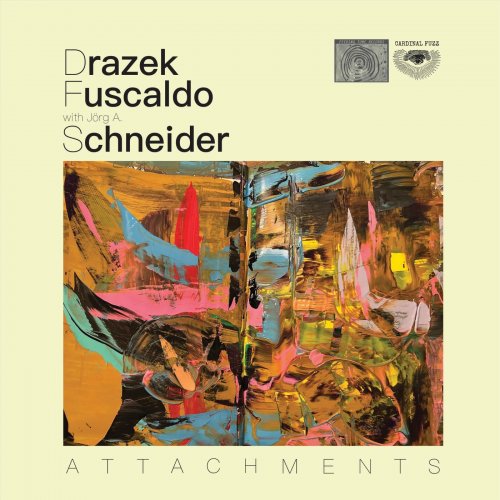
![Clifton Chenier - Squeezebox Boogie (1999) [Hi-Res] Clifton Chenier - Squeezebox Boogie (1999) [Hi-Res]](https://img.israbox.com/img/2025-12/20/cmlfho2wfdjon4pewnwrm16l7.jpg)
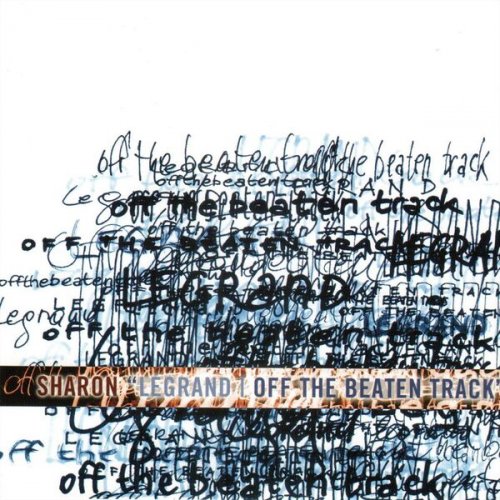

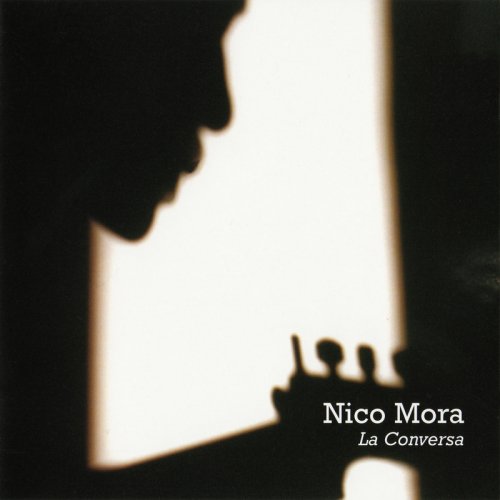
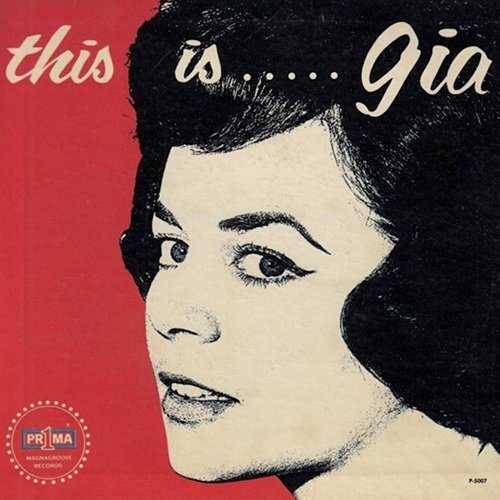
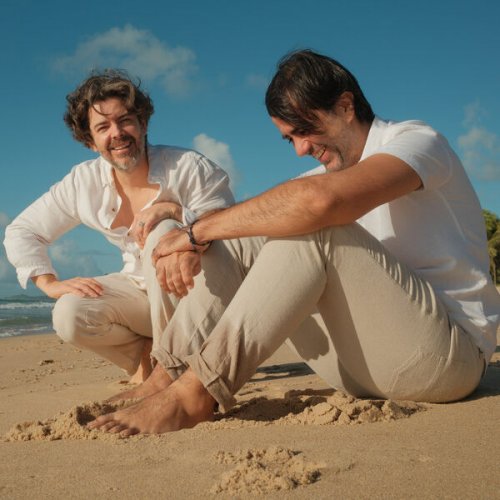
![Dave Bainbridge - ON THE EDGE (OF WHAT COULD BE) (2025) [Hi-Res] Dave Bainbridge - ON THE EDGE (OF WHAT COULD BE) (2025) [Hi-Res]](https://img.israbox.com/img/2025-12/18/7l4en830rpyaxdtr7izc3qrx6.jpg)
